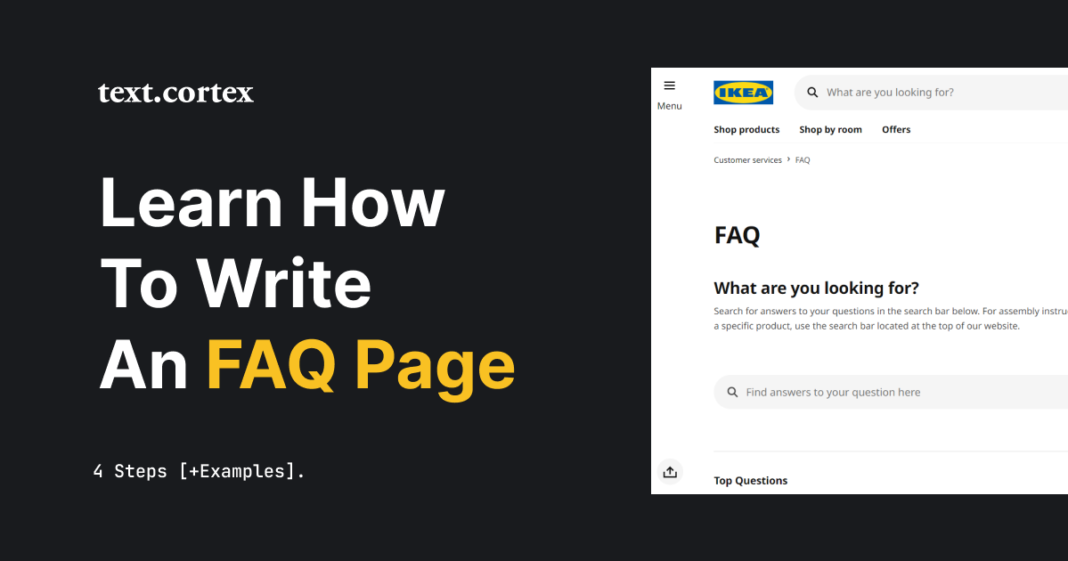Introduction
Have you ever visited a website and immediately found the answers you needed in the FAQ section? It’s like having a personal guide! FAQs (Frequently Asked Questions) are a must-have for any website, but writing them effectively requires a bit of strategy. Let’s break it down together.
What Are FAQs and Why Are They Important?
Defining FAQs
FAQs, or Frequently Asked Questions, are a collection of common inquiries customers or users have about your product, service, or brand. They save time for both you and your audience.
Why FAQs Are Essential for Any Website
An FAQ section builds trust, improves user experience, and can even boost your search engine rankings. It’s a win-win!
The Anatomy of a Great FAQ
Clarity Is Key
Avoid jargon or overly complicated words. Think of your FAQs as a casual chat with your reader.
Brevity Without Compromising Depth
Be concise, but make sure you’re giving enough detail to answer the question fully.
Keeping FAQs Organized
A messy FAQ section can confuse readers. Group similar questions and use headings for better navigation.
Steps to Writing FAQs That Work
Step 1: Understand Your Audience
Research Common Questions
Dive into customer emails, social media comments, and reviews to find patterns in the questions people ask.
Analyze Customer Behavior
Tools like Google Analytics can reveal where users might be struggling on your site. Address those pain points in your FAQs.
Step 2: Identify Key Topics
Prioritize High-Impact Areas
Focus on the most pressing concerns your audience has. What do they need to know first?
Address Misconceptions
If there’s any confusion about your offerings, tackle it head-on in your FAQ section.
Step 3: Write Clear and Concise Answers
Use Simple Language
Stick to plain English. Remember, you’re writing for humans, not robots.
Stick to One Idea per Answer
Don’t overwhelm readers with too much information at once. Keep each answer focused.
Step 4: Organize Your FAQ Page
Group Similar Questions Together
Organize your FAQs into sections like “Shipping,” “Returns,” or “Account Setup.”
Use Categories and Headings
Clear categories make it easier for readers to scan and find what they need.
Conclusion
FAQs aren’t just filler—they’re a powerful tool to improve user experience, build trust, and even drive sales. By following these steps, you’ll craft an FAQ section that’s both informative and engaging. So, what are you waiting for? Start writing your FAQs today!

